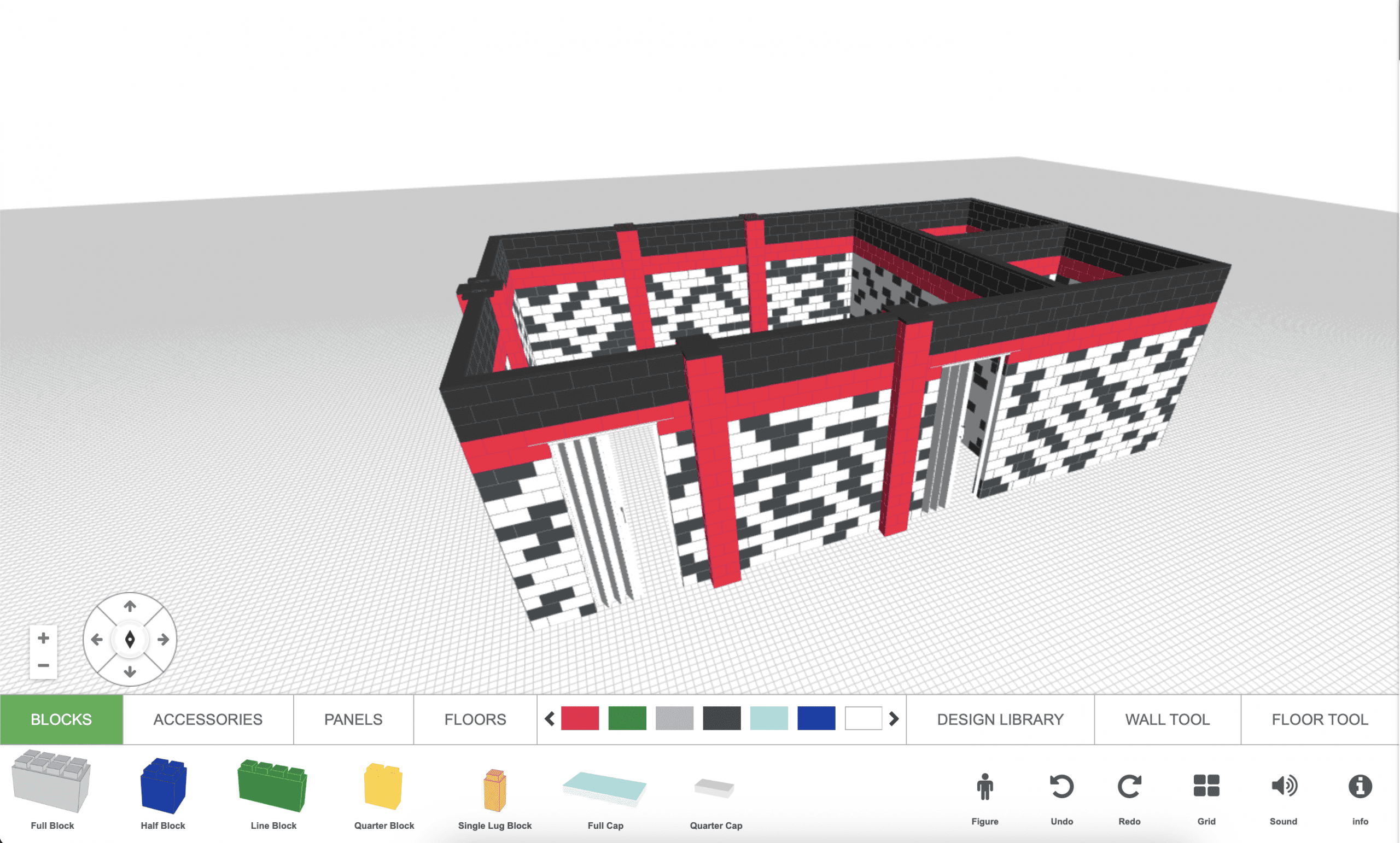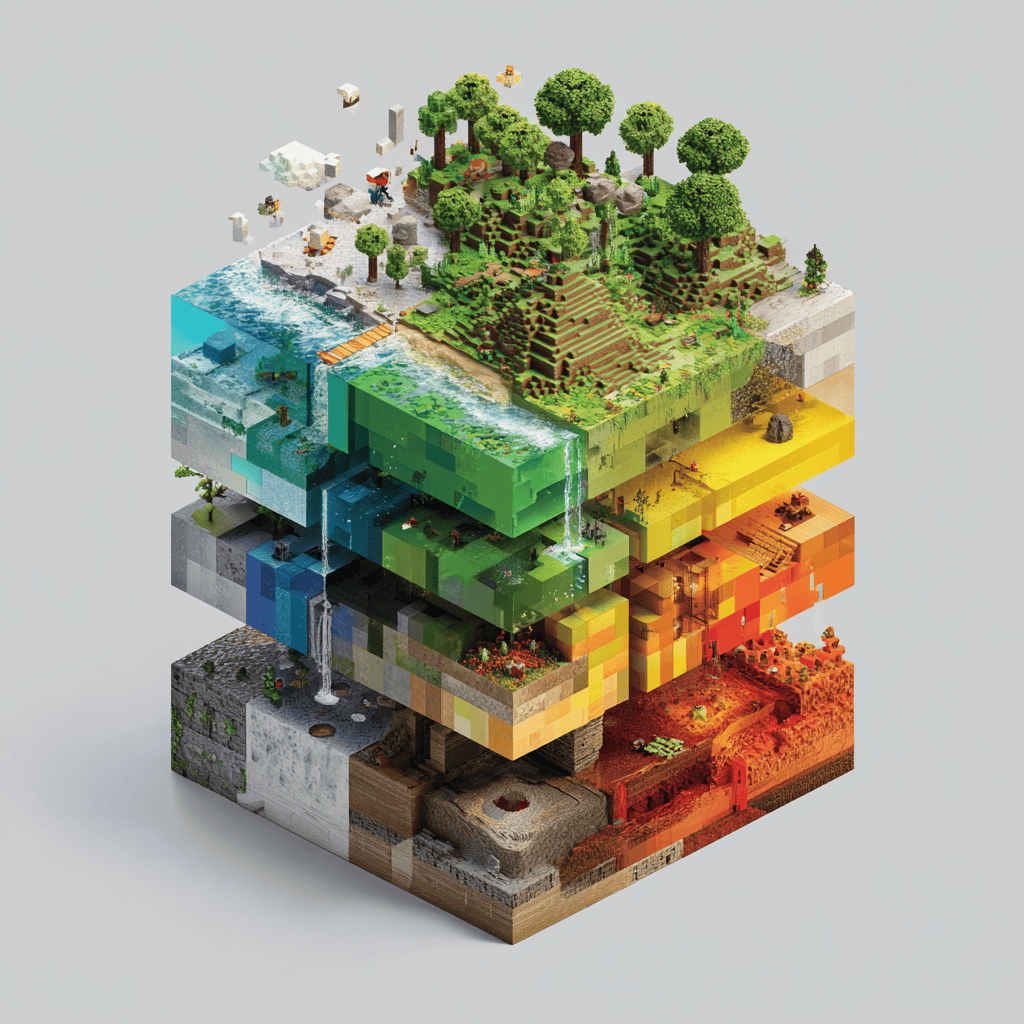01. Our client
01. Our client
Our client is a US-based company that manufactures easy-to-assemble modular solutions for event setups, interior design, and other temporary structures. While the product offers plenty of flexibility, the ordering process was slow and cumbersome. It relied heavily on manual quote calculations and back-and-forth communication, draining internal resources, creating a frustrating experience for customers, and limiting business growth.
To solve this, the client needed a faster, more seamless way to manage orders—a solution that would automate the process and offer built-in support for visual customization. They chose Teamvoy as a tech partner, trusting our proven reliability and high-quality delivery from a previous project we had successfully completed together.
02. Challenge
02. Challenge
Prior to our cooperation, the client’s sales process was quite inefficient and required a high level of human involvement. After receiving customer layout ideas via a landing page, the internal team had to calculate block counts, estimate quotes, and check build feasibility manually.
The client also lacked a fully developed CRM or ERP system. As a result, all order-related processes were fragmented, time-consuming, and prone to delays.
Distributor workflows were just as unstructured. With only a few partners on board, the client struggled to scale. The absence of automation and standardized processes made it difficult to grow and nearly impossible to maintain consistency.
Our collaboration was expected to achieve three key goals:
-
- Streamline major business processes to reduce the internal workload and improve the customer experience.
- Enable customers to design layouts on their own, view real-time 3D visuals, and receive instant quotes.
- Provide the tool as a white-label solution for distributors to support growth and bring consistency to partner operations.
Guided by this clear direction, we started bringing the client’s vision to life.
03. Cooperation
03. Cooperation
Our collaboration on this project began in 2017 and continues to this day. It followed a traditional outsourcing model, where Teamvoy handled full-cycle product development that later transitioned into long-term support.
Teamwork
From day one, our teams worked closely to ensure the client’s vision took shape just as they imagined.
- The client side. The collaboration was led by the company’s founder, a key business stakeholder. Day-to-day communication and priorities were managed by a non-technical product owner.
- Teamvoy’s side. The team evolved based on the project’s needs. At its peak, it included a backend developer, a frontend developer, a part-time QA engineer, and a part-time project manager.
Throughout active development, we followed a standard Scrum process with bi-weekly sprints, daily standups, demos, and continuous delivery. As the project moved into the support phase, we shifted to a Kanban approach with clear escalation paths and defined response times.
Project stages
Teamvoy was involved in the project from the ground up, helping the client turn a complex product concept into a scalable, user-friendly solution:
- Requirements and UI/UX design. We helped refine the initial requirements, shaped the user experience, and designed a clear, intuitive interface.
- Development. Our team built the web-based 3D configurator from scratch, handling everything from architecture and infrastructure to frontend development and third-party integrations.
- Product evolution. As the product matured, we continued to support it by maintaining existing features and building new ones, onboarding new distributors, and adding new languages.
Today, Teamvoy continues to support the platform and add new features as the need arises, remaining the client’s trusted long-term tech partner.
04. Solution
04. Solution
Our team successfully delivered a flexible, scalable platform that implemented the client’s vision. The solution was designed to meet the company’s immediate needs while laying a strong foundation for future business growth and ongoing product evolution.
Web-based 3D сonfigurator
Teamvoy developed a powerful web-based 3D configurator that serves both end customers and the client’s internal team. Key features include:
- Visual design builder. Users can build modular structures using a drag-and-drop interface with 3D visualization. They can select blocks, panels, and floors from a predefined library or start from template designs, customizing colors and elements as needed.
- Live block calculations. As users build, the side panel displays a list of the blocks used, ensuring fully transparent planning.
- Instant quotes. The application also calculates costs and provides a detailed quote for each design, including a breakdown of individual components and total pricing.
- Automated invoicing. Integrated with QuickBooks, the platform generates automatic invoices based on finalized orders.
The web-based 3D configurator also supports white-label distribution, enabling the client’s global partners to use custom-branded versions with multilingual UI. In some cases, distributors can accept payments via Stripe, using a direct link embedded in the invoice.
CRM and ERP synchronization
Initially, the client didn’t have a full-fledged CRM or ERP system in place. To enable end-to-end process automation, Teamvoy integrated both systems in parallel with the 3D configurator rollout:
- CRM integration (Sendinblue) ensured all customer and order data is synced and accessible to sales and marketing teams.
- ERP integration (NetSuite) enabled automated handoff of orders and customer data to the finance and accounting teams, streamlining backend operations and reporting.
Ultimately, CRM and ERP integrations allowed the client to unify their sales, finance, and operations processes under a single digital ecosystem.
Key engineering decisions
Scalability, maintainability, and performance were top engineering priorities from the get-go. To support the client’s growth goals and keep maintenance costs low, Teamvoy made several strategic technical decisions:
- Separation of concerns. Frontend and backend were fully decoupled. All heavy 3D logic runs on the frontend, leveraging the user’s browser resources to reduce backend load.
- Reliable, open-source technologies. We chose proven, open-source technologies that ensure long-term stability and straightforward platform support.
- Minimal external dependencies. This improved maintainability and reduced the risk of vendor lock-in.
- Modular backend architecture. The backend was split into functional components that can scale independently, allowing the platform to handle high user loads efficiently.
As a result, the web-based 3D configurator built by our team is lightweight to maintain, cost-effective to support, and easy to update.
06. Info
06. Info
Client: Global modular product manufacturer
Services: Web development, backend development, business digital transformation, CRM and ERP integrations
Industry: D2C manufacturing
Technologies: Ruby on Rails, WebGL-based rendering engine, PostgreSQL





